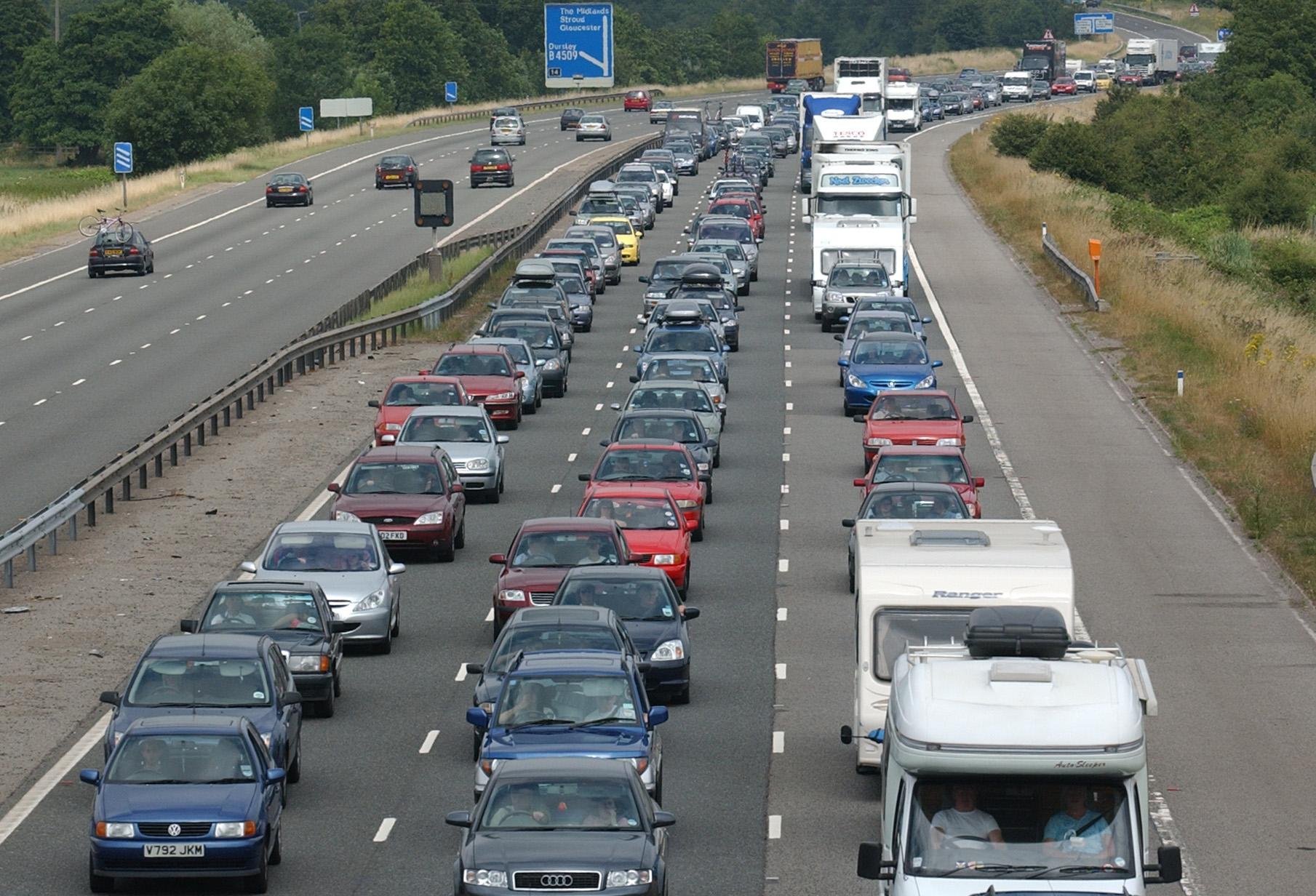
By the time they’ve paid for things such as childcare and commuting, many workers have spent as much as 16% of their net income, suggests new research.
Santander Credit Cards surveyed workers to see how much they spend on work-related products and services they can’t claim back.
According to the study, work-related expenses including childcare, commuting, work clothes and computer equipment cost the average full-time employee £3,405 per year, compared with £2,681 in 2013. That’s a 27% increase.
Collectively, it means UK workers spend £91 billion on costs they face specifically because of their job.
The biggest cost is commuting, costing full-time staff an average of £1,087 each year.
The cost for those using public transport averages £1,357 a year, while motorists spend £1,238 a year getting to work, with £922 spent on fuel, £180 to park their car and £136 on tolls and other charges. No wonder many commuters choose to cycle these days.
Childcare is another big cost. Although the average outlay is now £960, one in four pay more than four times this.
Barry Naisbitt, chief economist at Santander UK said: “With more than 31 million people working, employees are of huge value to the economy.
“Not only from the output of the work they produce, but also due to the substantial additional contribution they make through work-related products and services, to the tune of £91 billion per year.”
READ MORE
Women likely to earn £300,000 less than men during working life
Consumers urged to switch as millions ‘pay over the odds’ for energy

Enjoy the convenience of having The Sunday Post delivered as a digital ePaper straight to your smartphone, tablet or computer.
Subscribe for only £5.49 a month and enjoy all the benefits of the printed paper as a digital replica.
Subscribe